This post may contain affiliate links. If you make a purchase by clicking on these links, I may earn a small commission at no extra cost to you. Read the disclaimer for more information.
This is day 7 and 8 of my 24 day trek through the Khumbu region of Nepal -> View all posts for this trek
I awoke to a foggy morning in Bupsa. The cloud that had come in the day before still hung around the village and the valley below, blocking any views that might be had of the surrounding mountains. This would be my final full day on the trail from Jiri, and the next day I would join onto the main trail to Everest which runs from the airport in Lukla, where most people begin their trek. With a week of trekking behind me, I was hoping that I would be far better acclimatised to the altitude than those just beginning their trek.
The trail from Bupsa continued the ascent that I had begun the day before, climbing fairly rapidly for about 2 hours up to the pass at Khari La, situated at over 2800m. The trail then became comfortably flatter, meandering along the contour of the valley side through a beautiful mossy forest. The trail is cut into the steep rocky side of the valley and was very muddy, rocky and slippery, stirred up by the mule trains going through. This made it slow going as one slip or stumble could send you tumbling hundreds of metres down into the valley below.


The steep trail to Khari La

View from Khari La across the valley to Puiyan and onwards up the Dudh Kosi Valley

Trekking through the forest on the way to Puiyan
The trail continued like this for some time, only slightly descending until we reached a bridge which crosses the stream at the head of the valley. From here, we strolled along the opposite side of the valley into the village of Puiyan (2770m), where we stopped for lunch and a good rest, with a view across the lush forested valley that we had been trekking through for most of the morning.

Stopped for lunch in Puiyan
The trail from Puiyan became much more comfortable as it was dryer and less treacherous, and we were able to make steady progress along this side of the valley. The cloud and haze was sticking around, although every now and then it would clear for a few minutes to unveil the tall mountains above us. At the end of the valley, where the trail joins back onto the Dudh Kosi valley, I was afforded amazing views way down to the river below, the steep sides of the valley impenetrable even for the Nepalese. I was trekking high up above it and continued to climb for a short time along a steep but picturesque trail back up above 2800m to Paiya La, where I was treated to a spectacular view looking north up the Dudh Kosi valley, marking my future trail to Namche Bazaar. From here, I could also see the village of Lukla, where small planes come in to land at the tiny airstrip to drop off groups of trekkers. This is where I began my first trek to Everest six years prior.

View up the Dudh Kosi Valley which I will be trekking along to get to Namche – you can see the trail on the right

Following along the contour of the mountain for sometime, I trekked into a small village before beginning the steep descent down into the tributary valley below. It would have been nice to not lose all of the altitude I had gained and just head straight into Lukla, but the terrain doesn’t allow for it and the valley has to be crossed to continue on. I descended all of the way down to the bottom of the valley, where I stopped for the night in the village of Surkhe, situated at 2290m.

Surkhe – my stop for the night.
The following day I had to climb back out of the valley, but thankfully the trail wasn’t quite as steep as the opposite side of the valley which I had descended down the previous day. It still had steep sections, but they were broken up by flat sections and easier, more gradual climbs. This made for a pleasant morning’s walk, trekking with beautiful views of the valley.


Looking north up the Dudh Kosi Valley
I crossed a suspension bridge with a tall, thin waterfall tumbling down the steep cliffs above, before trekking into the spread out village of Chaurikharka, where Buddhist worship became quite apparent. The village is stretched out along the trail, and as I walked through it I passed lots of mani walls (walls with stone prayer tablets on them), prayer wheels and chortens (stupas), all of which I had to make sure to pass on the left. Several prayer wheels were spun along the way – it couldn’t hurt to try for a bit of luck for the rest of my journey.


Passing a prayer wheel and mani wall in Chaurikharka


Prayer wheel in Chaurikharka
Climbing gradually, along a fairly open trail with beautiful views all around, I eventually entered the village of Cheplung, where the trail from Jiri comes to an end and joins onto the main trail from Lukla. I took a moment at the junction to appreciate what I had already accomplished in the past week. The trail from Jiri was a challenging trek, through spectacular but tough terrain. Now, another challenge had begun. Now I would trek on into the high Himalaya, to altitudes well over 5000 metres, with glaciers and high mountain passes, and eventually, to Everest Base Camp. I breathed in and began walking, now along a familiar trail, the same one I had walked when I fell in love with the Himalayas six years ago.
It was a nice easy walk for the rest of the morning, with only the odd up and down along the well trodden trail. I passed through the familiar village of Ghat, with its abundance of vegetable fields and its red walled gompa with lots of prayer wheels and mani walls. The milky blue water of the Dudh Kosi was ever present, constantly popping back into view below me as I walked along the valley. I had plenty of time and was in no hurry, and with the lack of trekkers due to the earthquake, I had plenty of time with the trail to myself. I stopped in Chhuthawa for a cup of coffee and sat outside in the sun, enjoying the warmth and the beautiful scenery.


Walking through Ghat

The gompa in Ghat

Walking past a mani wall and chorten (stupa) on the way to Phakding
It was only around lunchtime when I trekked into the decent sized village of Phakding , situated on the Dudh Kosi river at 2650m, and which most trekkers use as their first stop when trekking from Lukla. I had now been trekking for 8 days, well over 100 kilometres and a ridiculous amount of altitude loss and gain, and I was still only a third of the way through my trek. Lots more to look forward to.


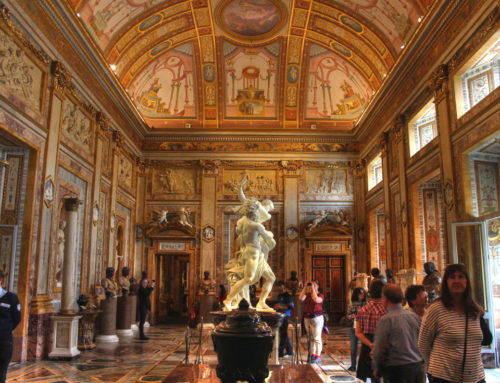
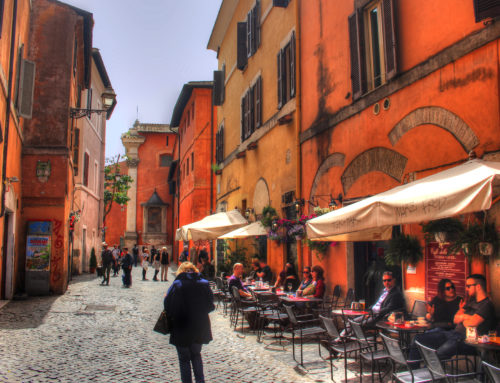
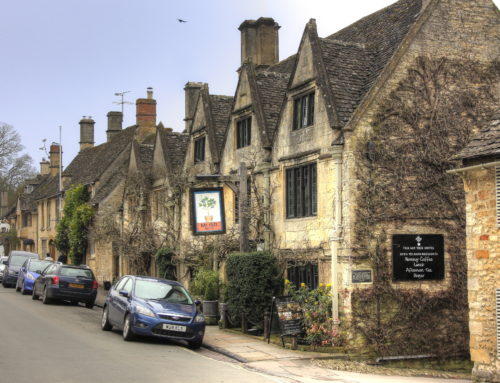
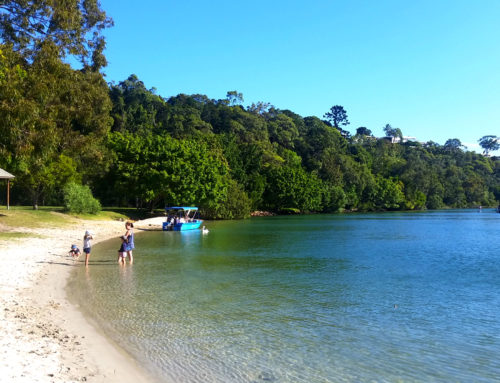
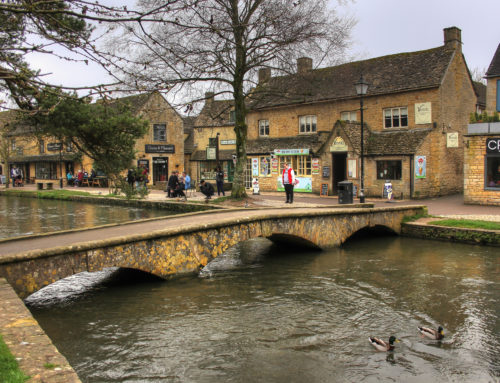
I visited Nepal a couple of years ago, but we were only there for 2 weeks. I would definately like to go back and explore more. The trail looks great – I would love to see deep into Nepal and experience more of the Nepalese culture. I love your photos by the way.
Hi Jennifer. Nepal is one of those countries you can just keep going back to. I know I will. I was there for a month this time and I already want to go back ;). Thanks for checking out the post.
Nepal is Incredible….. Loved the pictures…..
Awesome photos, very lovely.
[…] up to the gompa (monastery) sitting on the ridge above in a beautiful setting overlooking the Dudh Kosi Valley. Young monks were busy sweeping the entrance and so I decided not to intrude, but the views were […]